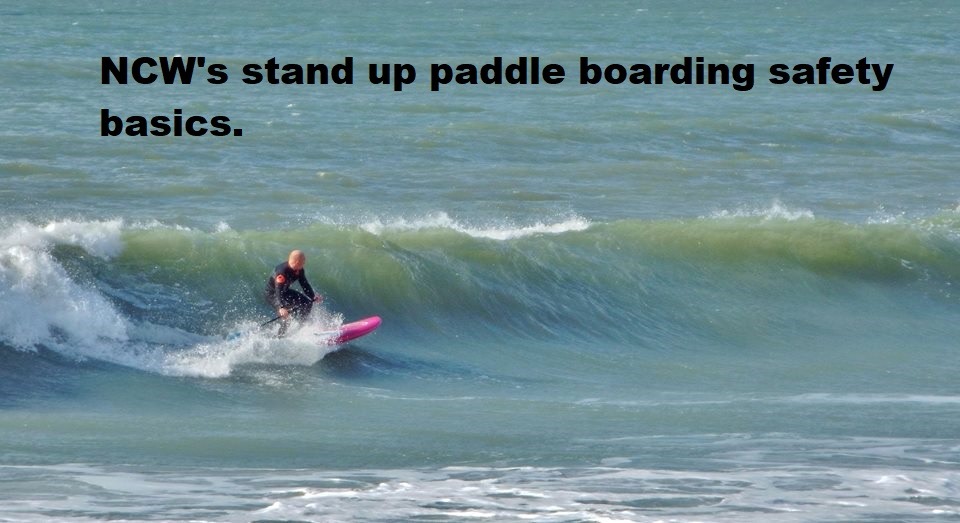NCW isn’t a specialist stand up paddle board retailer but we do know SUP. We paddle, retail a selection of inflatable boards, but more importantly, know the water (inland and coastal). Coming from many years of being immersed, across various activities (and also having extensive ocean rescue experience), we do understand the risks associated with going afloat. And whilst SUP‘s not an overly risky activity there’s still an element.
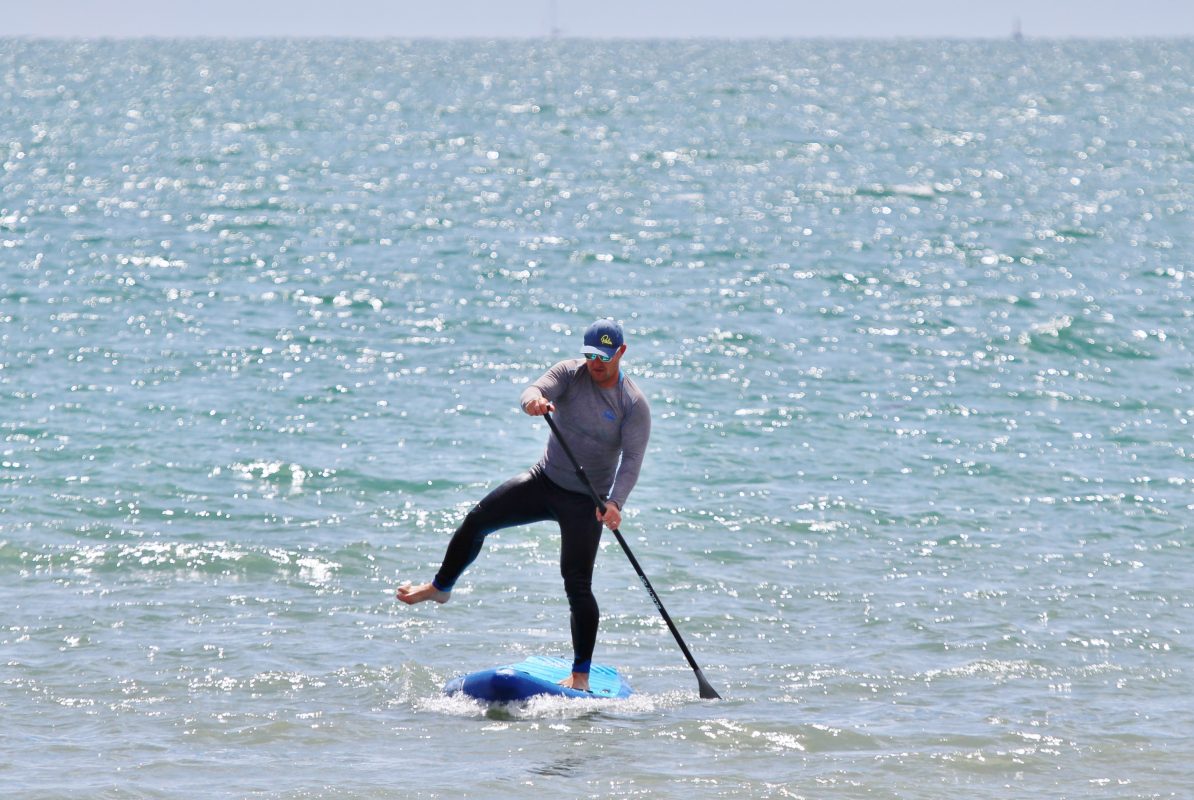
2020 has seen unprecedented (that word again!) growth within stand up paddle boarding. For various reasons (not least COVID, furlough and staycation) those who may not have gotten involved before, or those who had previously been putting off purchasing their own equipment, suddenly decided to take the plunge and get involved. Unfortunately, many of these new recruits had (and have) little to no understanding of the risks involved with watersports.
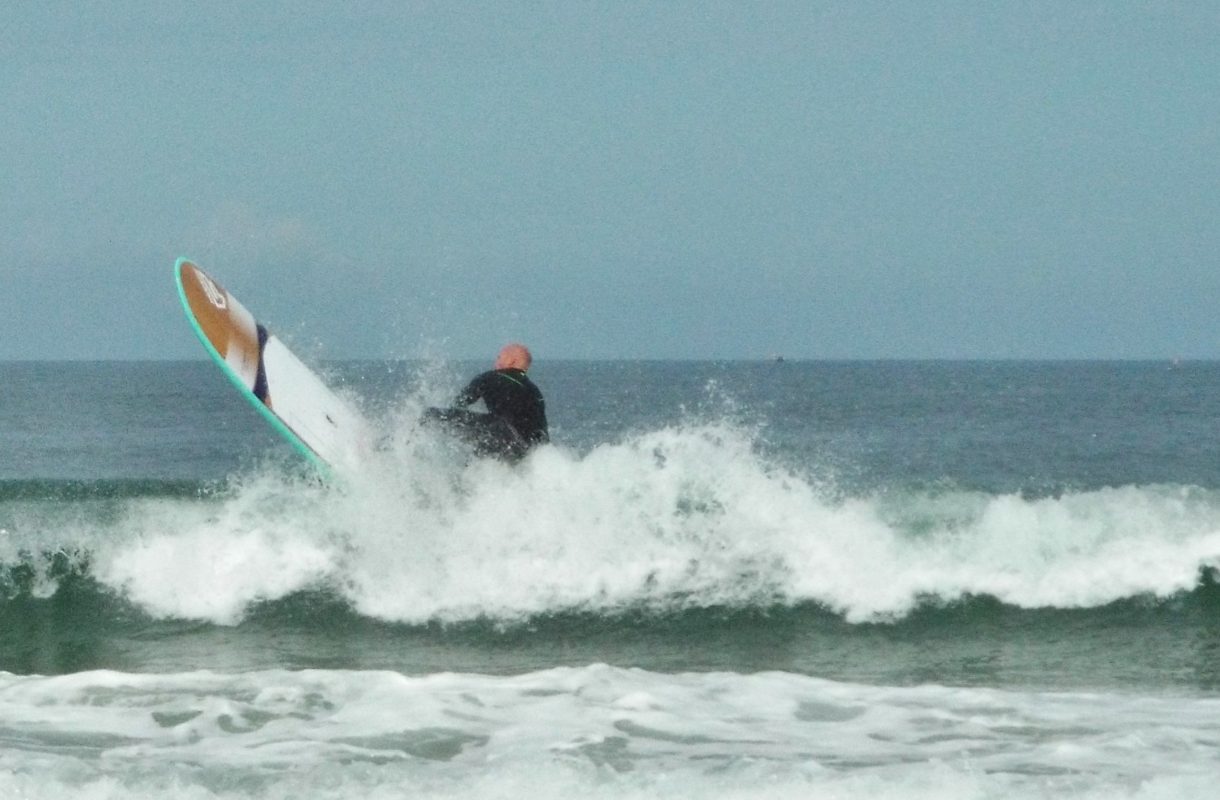
We should add: this isn’t meant to scaremonger. But any waterman or woman of substance will be armed with all manner of knowledge; from weather to tides, equipment and general practices, it all rolls into the bigger picture of SUP. Having a handle on this means riders can make best use of conditions whilst keeping themselves safe.
SUP leashes and quick release systems
Leashes are a big topic within SUP. Any paddler will need to keep themselves connected to their board as this is your biggest and best form of floatation. But the wrong leash in the wrong environment can lead to all manner of unwanted consequences.
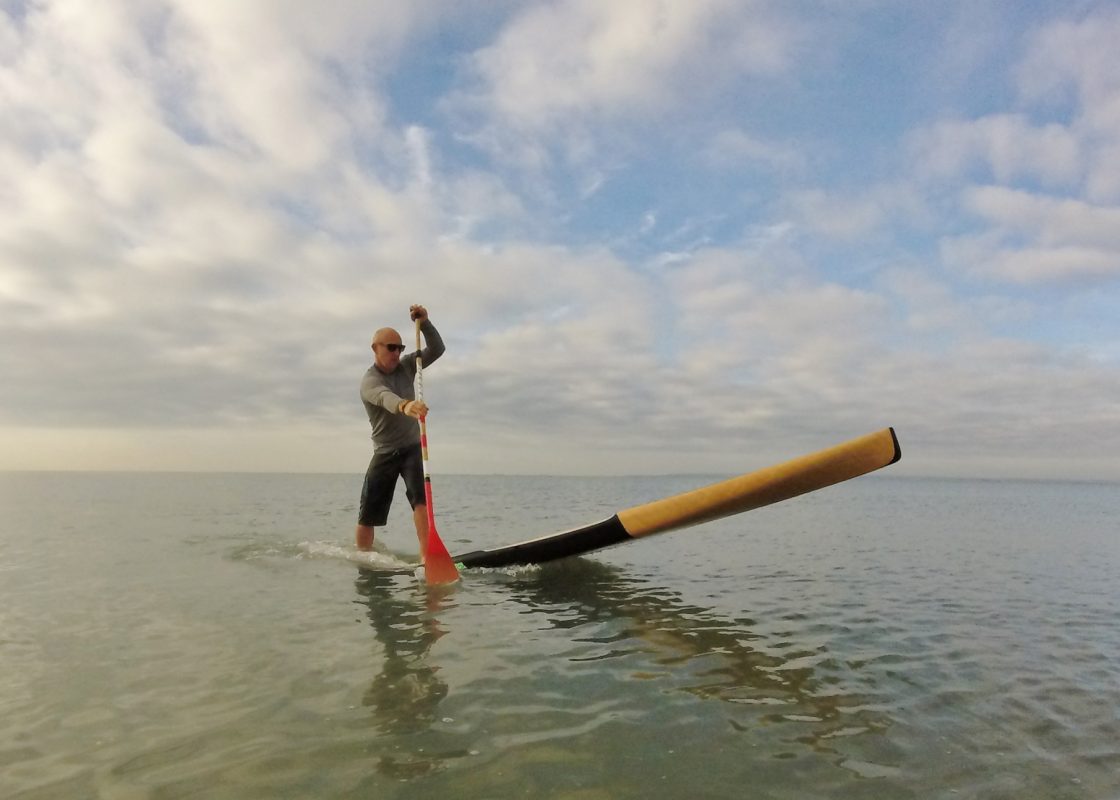
For instance, paddling on rivers with flow using a surf style leash (long straight type) isn’t wise. SUP leashes like this can easily wrap themselves around river debris, rocks, tree branches and such. With flowing river water constantly pushing riders downstream this means a snagged surf leash will ultimately pull tight, with you the rider still being tugged in the opposite direction. This can be lethal as water flow is usually much stronger than you. So fighting against it is futile. Watch this video to see more of what we’re talking about.
So, in short, a coiled leash that’s elevated off your SUP‘s deck is the best call. This should then be attached to a quick release belt or buoyancy aid as shown in the video above. But you’ll need to familiarise yourself with how to use the quick release system. They’re usually pretty simple but know before you go, as the saying goes.
To be honest, quick release belts and coiled leashes are usually the best options for whatever stretch of water you intend paddling. Open ocean venues can also have strong flow in the form of tides. Being able to eject your board in the case of snagging in current is a good call. But be careful as losing your stand up paddle board can also be disastrous!
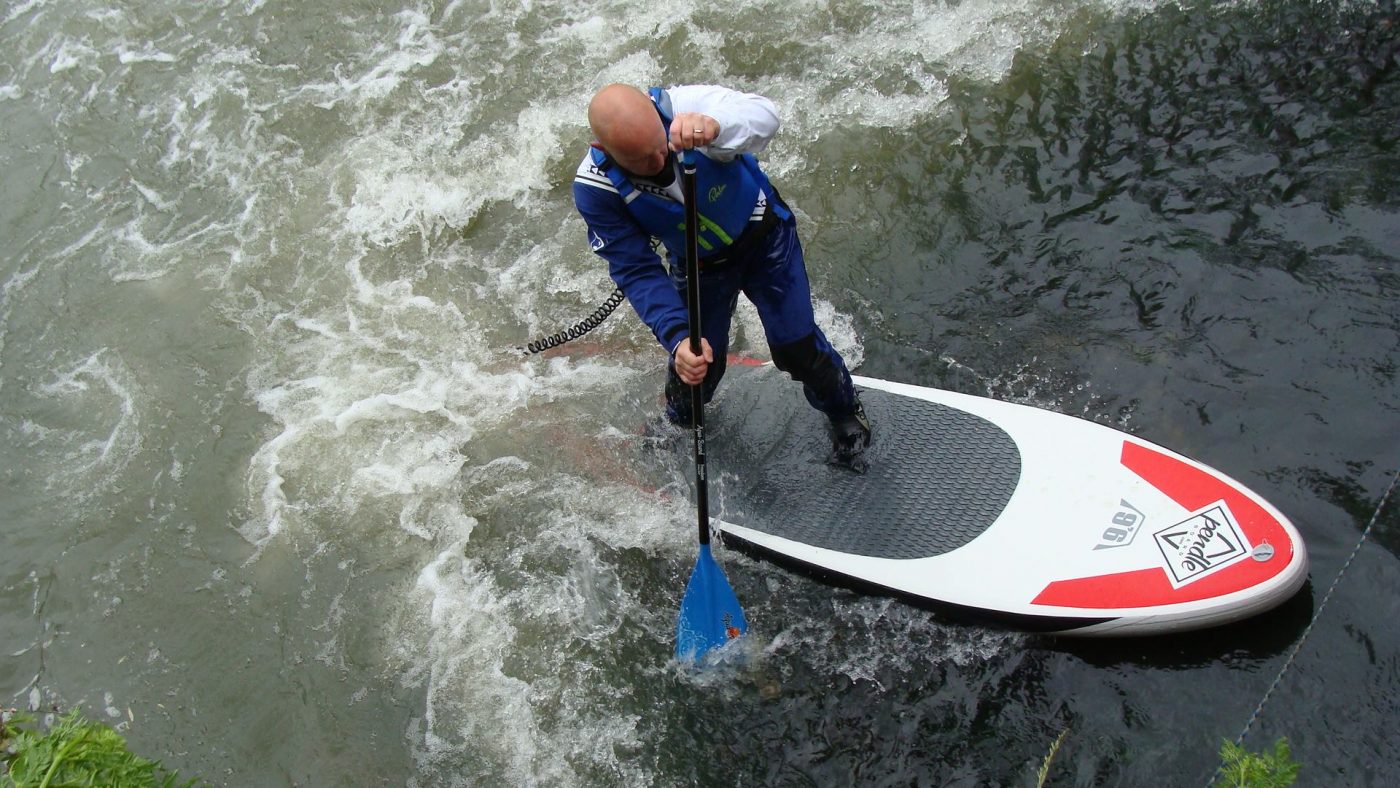
Whilst we’re on the subject of tides…
Tidal knowledge
Having at least a basic understanding of tides and how these affect your potential SUP put in is super important. Our tidal cycle directly correlates to the gravitational pull of the moon (and a lesser extent the sun) as the Earth rotates on its axis. As the moon gets closer to our planet, through its elliptical orbit, the pull becomes greater. At certain times the moon is further away giving less water movement whilst at other times we get big tidal movements as it’s closer.
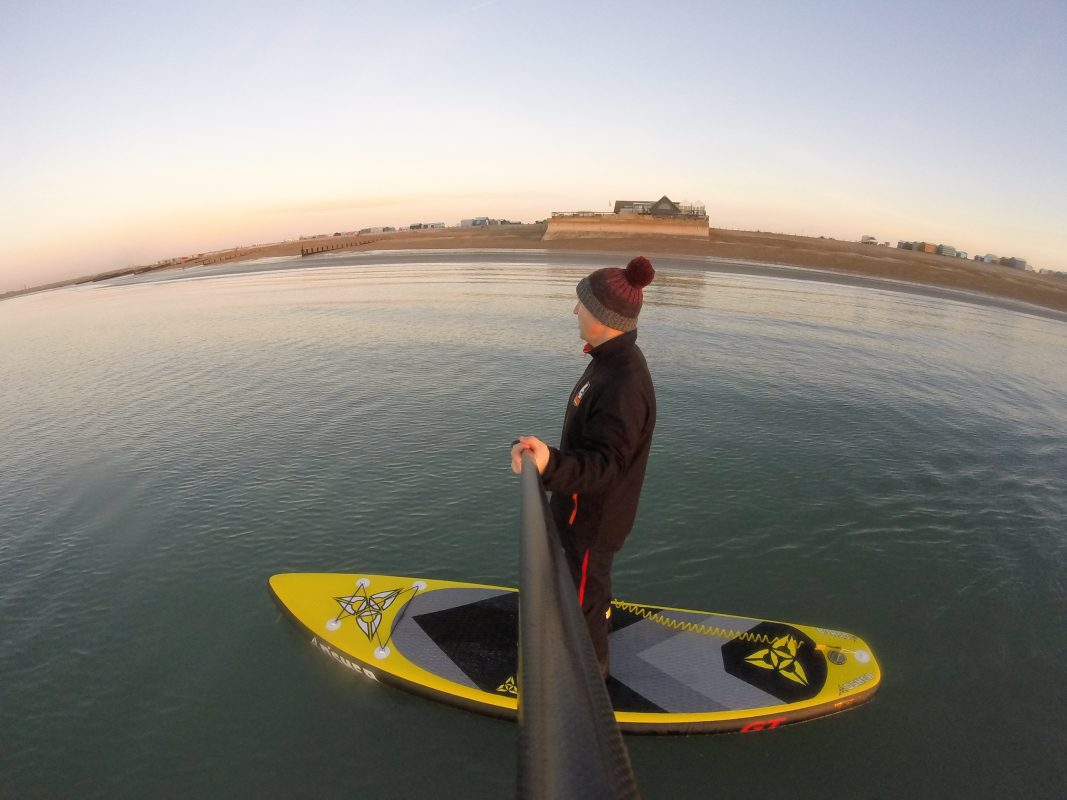
Tides change roughly every 6hrs and 12.5 mins. That’s the amount of time it takes for high water to ebb down to low. There’re anomalies around this, however, such as where landmass squeezes the tidal flow (or blocks it) further. The general rule of thumb is to understand tides then research your SUP put in and know how this equates to local effects. And know the tide times for the day at the location you intend to paddle!
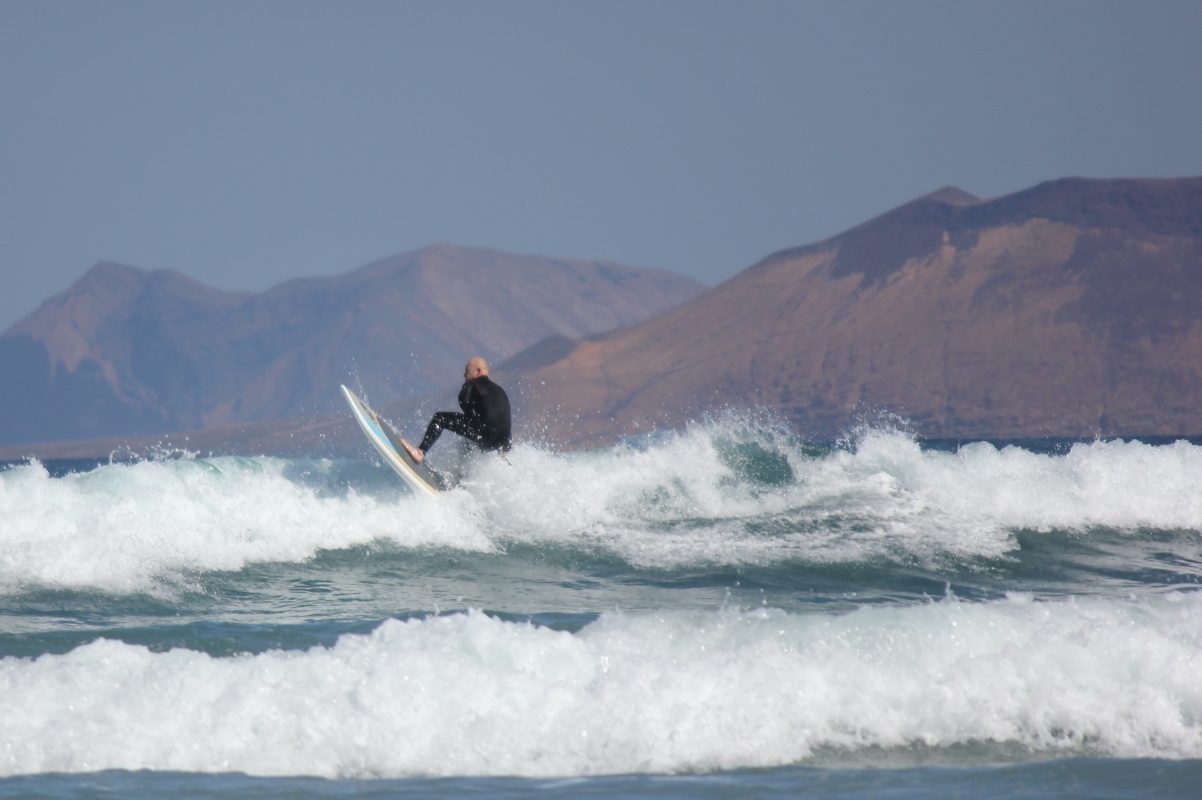
There’s a whole load more info you really could do with knowing as far as tides go. The following link gives more in depth info. It’s definitely worth genning up!
https://en.wikipedia.org/wiki/Tide
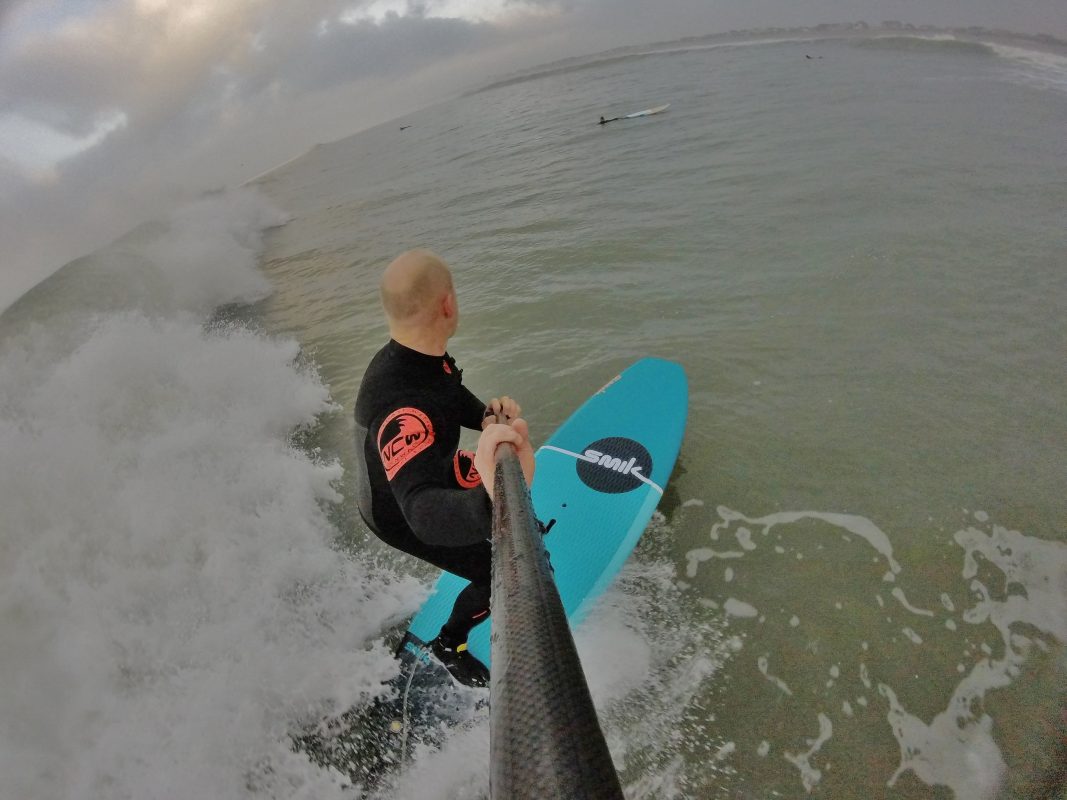
Weather forecasts
Weather forecasts are super important if you’re a stand up paddle boarder in the UK. It’s no coincidence the topic of weather is one of the most discussed in this neck of the woods, watersports aside. Being bang in the middle of weather system paths, sweeping in from all corners, means the UK’s weather is ever changing and hard to predict much more than three days. The fact we’re an island nation only adds to the mix.
There’re no end of stories where stand up paddlers have been caught out by Mother Nature’s changing mood. An idyllic, sunny and warm day (with zero wind) can change in minutes to something more SUP unfriendly. If you’re not up to date with the weather forecast for your intended paddling arena then you’re on the back foot.
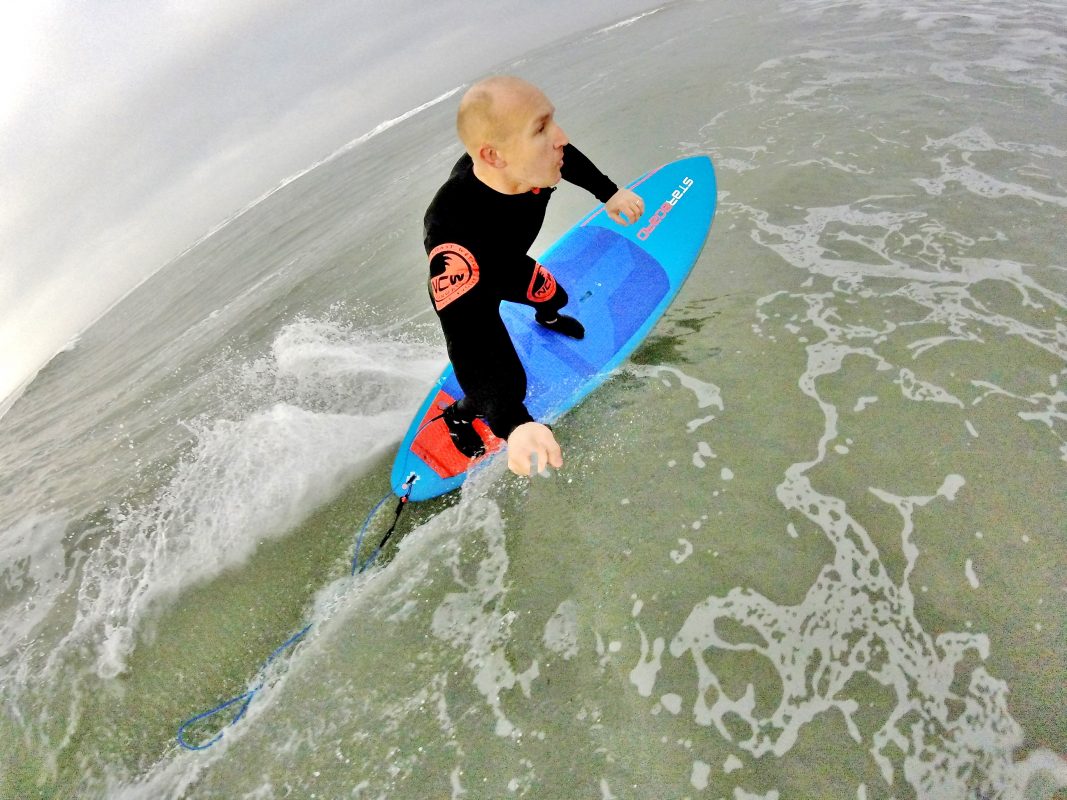
On from this is knowing, or at least have an idea, of how to interpret weather data for your chosen put in. SUP spots around the UK have their own ‘weather personalities’ as it were with general conditions amounting to something more localised when you get on the ground.
Sea breezes are a good example. (Research what a sea breeze is if you don’t know). With a seemingly windless, idyllic forecast on the cards for your chosen venue, it can be disheartening to discover whipped up seas and gusty winds blowing when you arrive. Whereas if you’d gone to paddle earlier in the morning chances are you wouldn’t have had to contend with a blow.
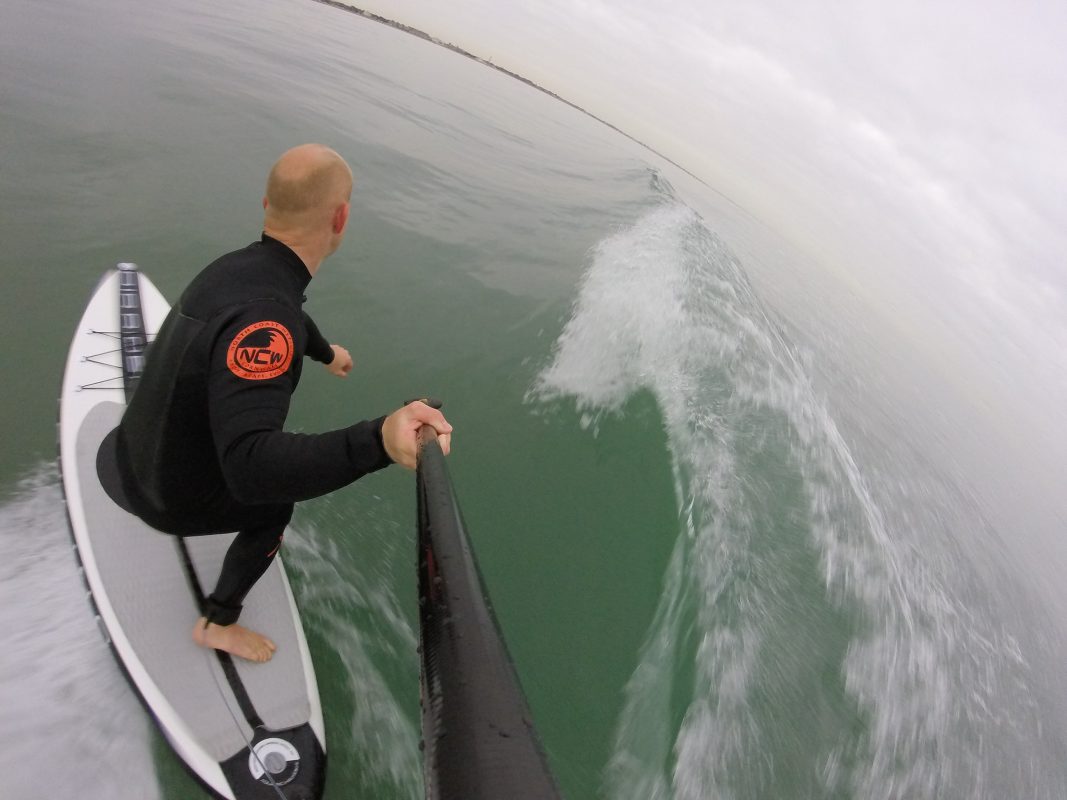
The above barely scratches the surface in terms of stand up paddle boarding safety – there’s plenty more we could talk about. That’d be too long for one article, however, so stay tuned for updates to NCW’s SUP Safety guide moving forwards.

